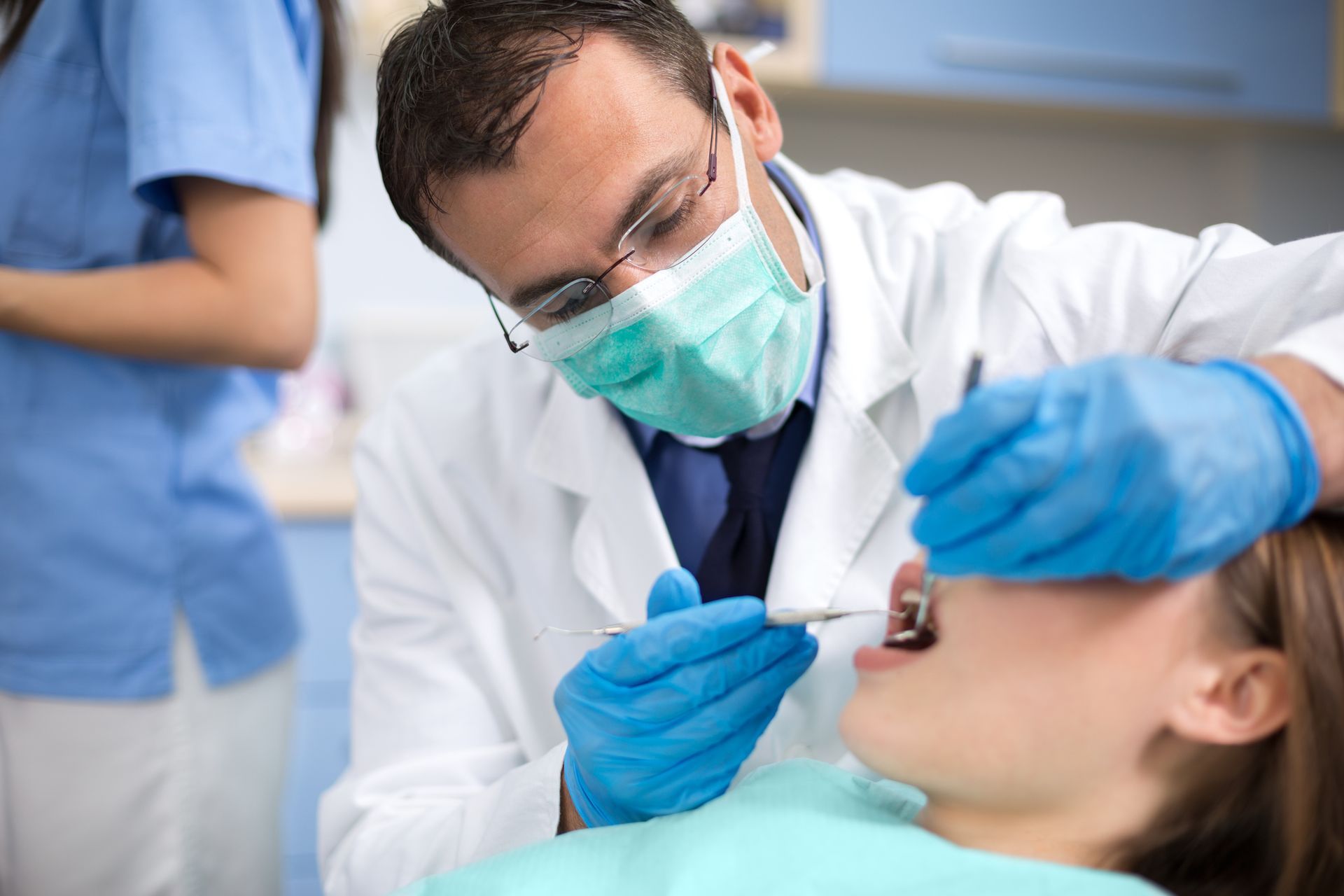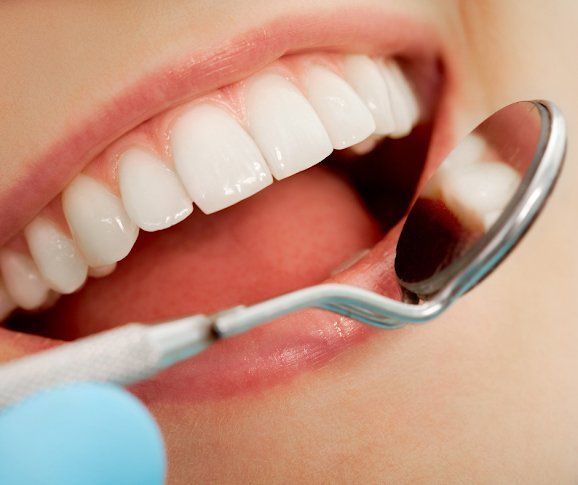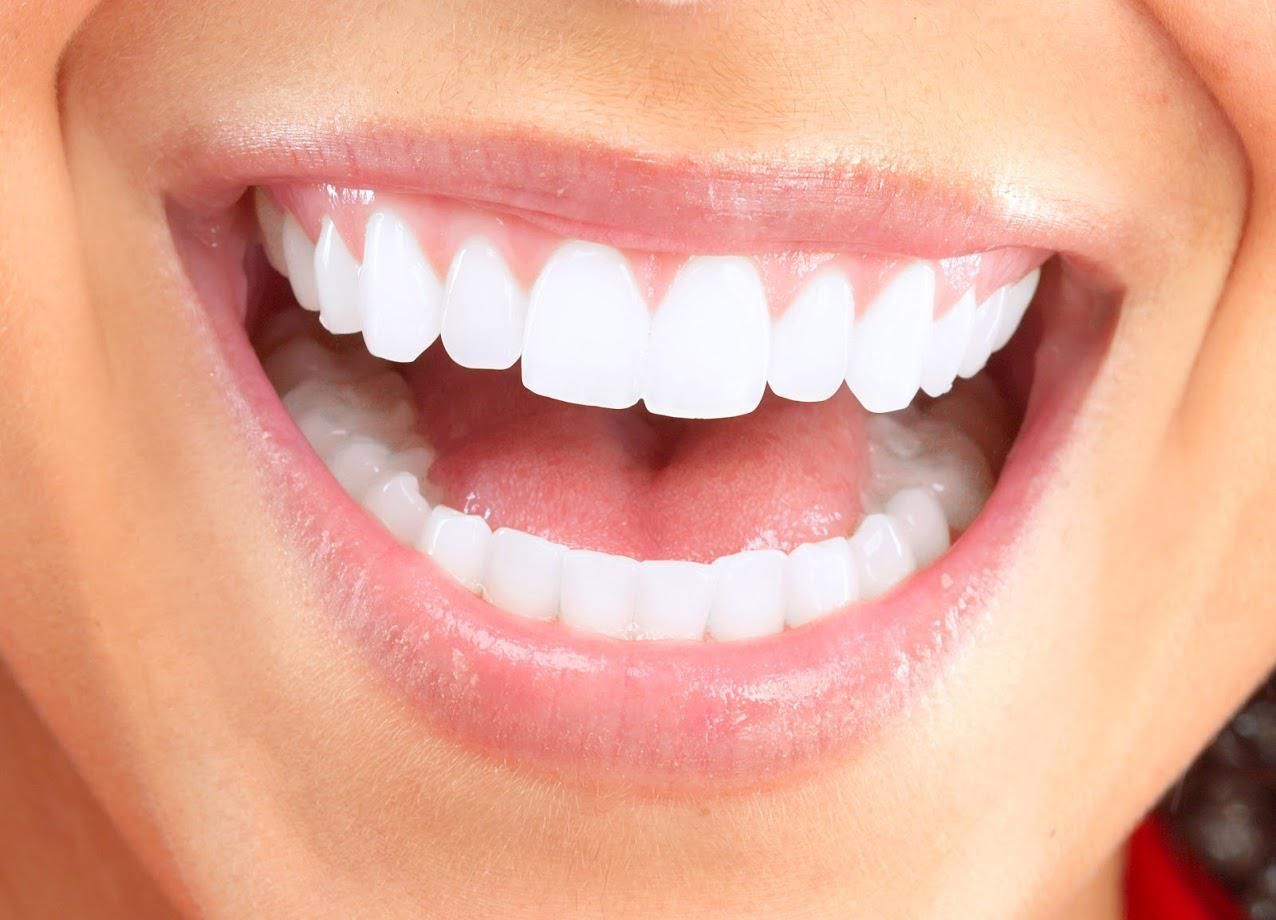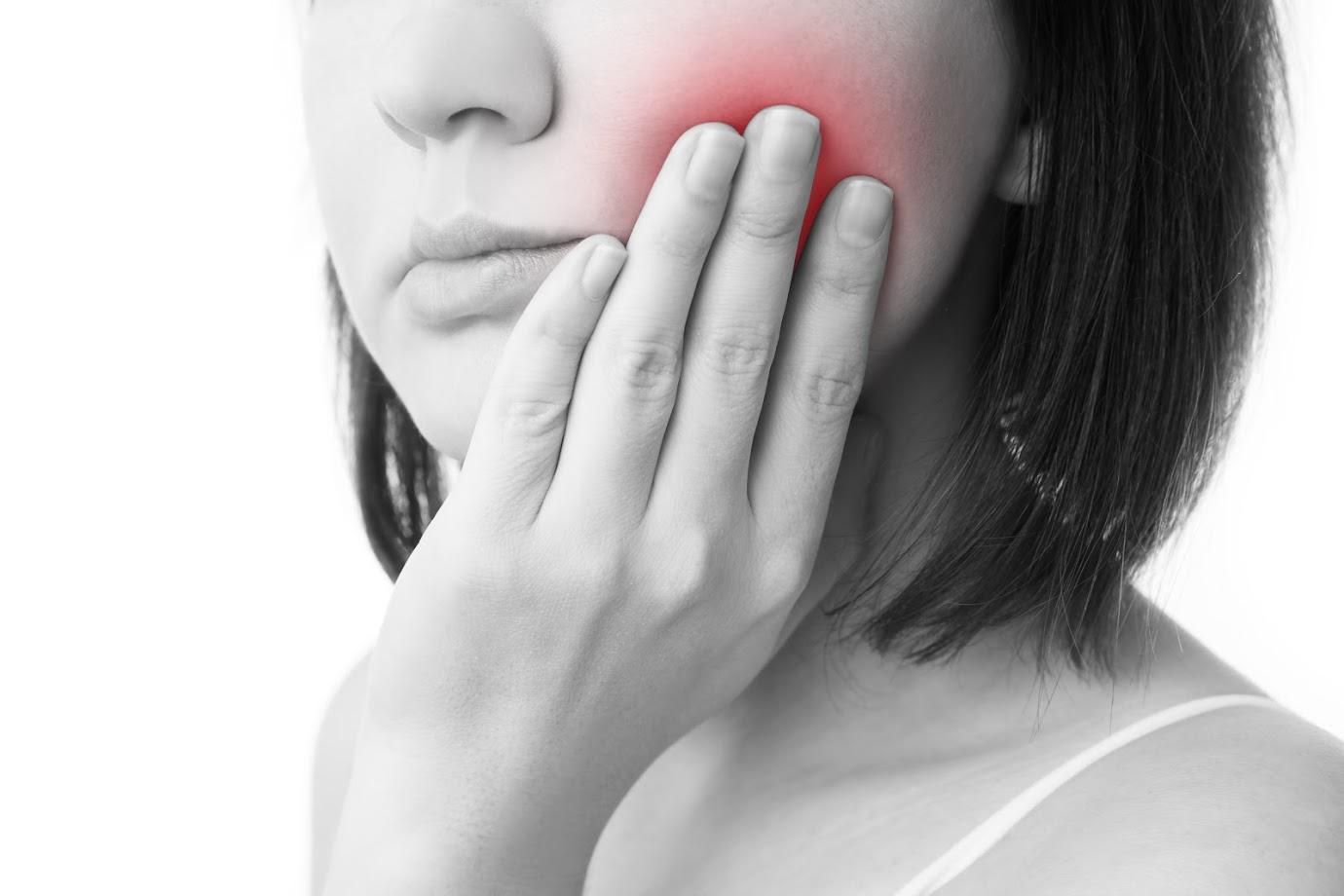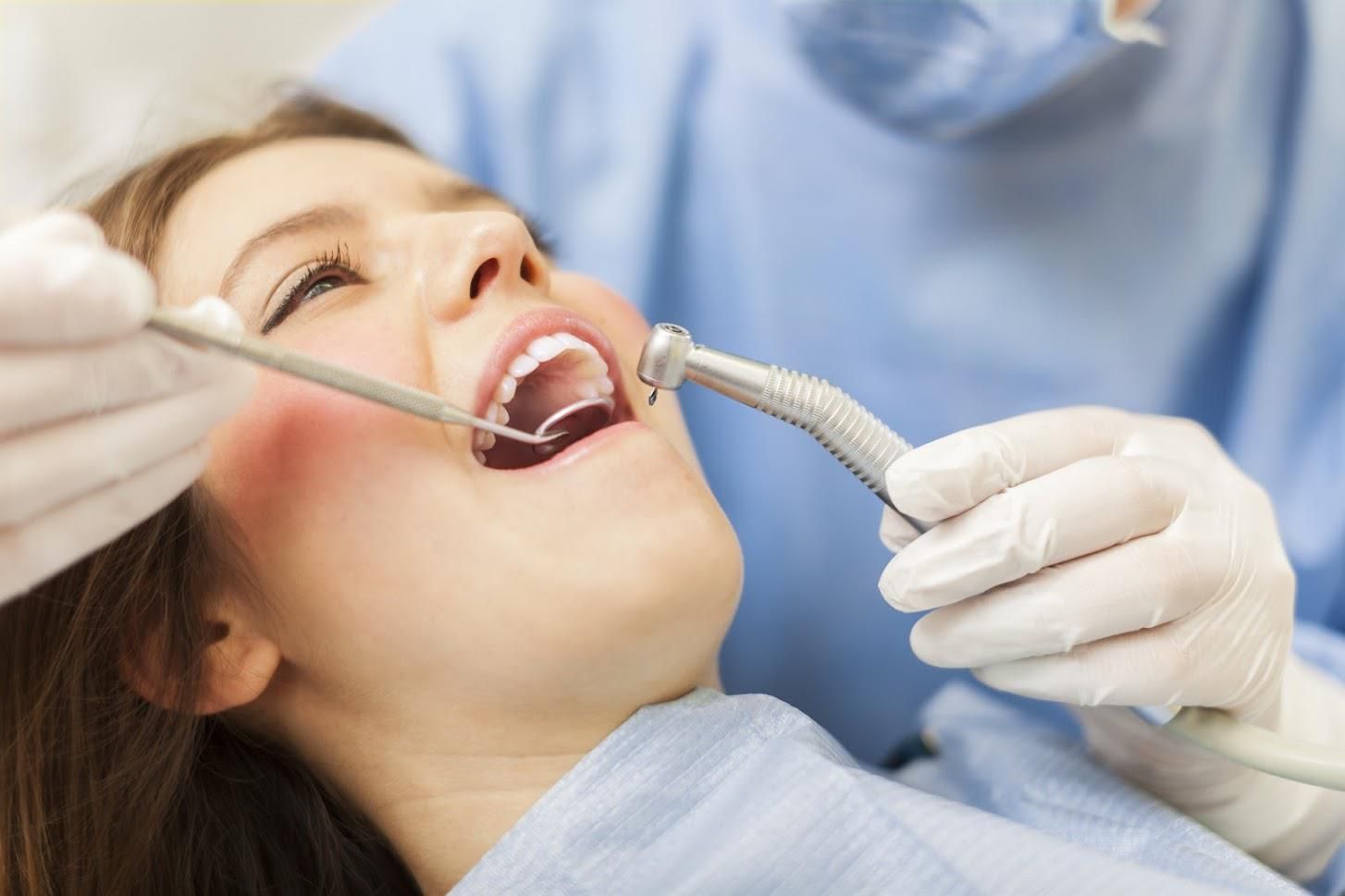The Patient's Guide to Cone Beam X-Rays
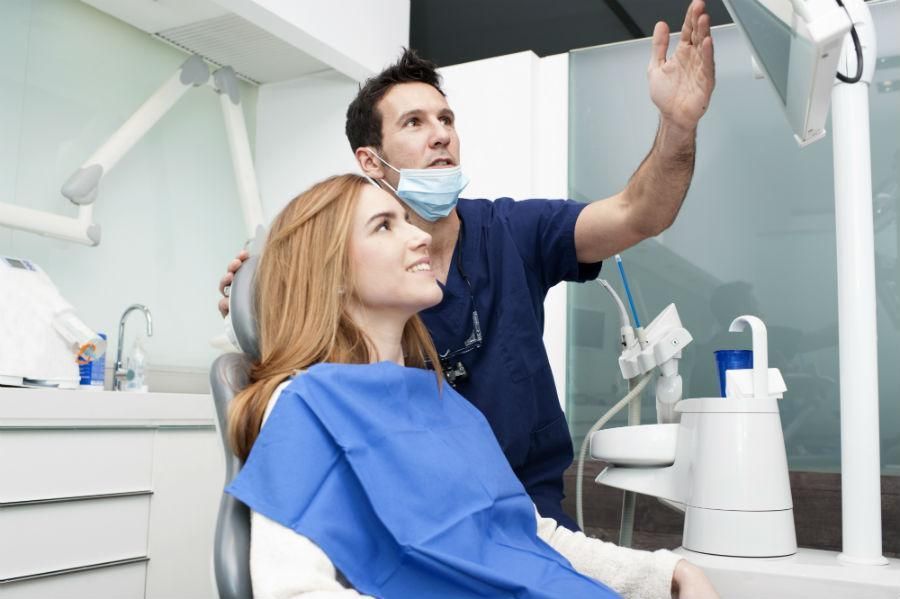
If you've been to the dentist lately, you may have noticed your dentist using new x-ray technology. Dental cone beam CT equipment is becoming more common, especially in places where traditional x-rays have failed. If you haven't been to the dentist lately, you may need new x-rays. If you have a major dental concern, you have options. Learn more about cone beam x-rays in this helpful guide. What Is a Cone Beam X-ray? With this type of x-ray, a beam moves around the patient, leading to high-quality images of the mouth. Dental cone beam x-rays are a type of x-ray in which the dentist can assess your teeth in a different light, which allows him or her to develop the best treatment plan for your mouth. With a cone beam x-ray, your dentist can better plan to remove teeth, diagnose a joint disorder, place dental implants, and assess your jaw and sinuses. The dentist can also detect jaw tumors, assess bone structure, and create a plan for reconstructive surgery. What Are the Benefits of Cone Beam X-Rays? One of the biggest benefits of cone beam x-rays is that the technology produces 3-D images of your teeth. The images also include details about your tissues, bones, and nerves. With this new technology, your dentist can see more of your mouth than they could in the past. Plus, the quality of the images associated with these kinds of x-rays is better than traditional x-rays. Thanks to clear imaging, your dentist can determine exactly where to treat major issues in the jaw and soft tissues. With one scan, a cone beam x-ray can provide a more complete evaluation and dental overview. A conventional dental x-ray cannot provide the same level of detail, and it cannot provide images of bone and soft tissue together. Additionally, CT scans are painless and noninvasive. You do not have to do anything extra during the x-rays, so if you have already undergone x-rays you have an idea of what to expect. For the x-ray itself, you may sit or lie down. Your dentist will pose you so that your face is best placed under the beam. They will then take the x-ray, which may require you to sit perfectly still for several seconds. What Are the Risks of Cone Beam X-Rays? The risks of cone beam x-rays are similar to the risks of traditional x-rays. All x-rays come with a risk of exposure to radiation. If you have concerns about radiation, you can speak with your dentist ahead of time about any risks posed by cone beam x-rays. To avoid the potential risks of cone beam x-rays, dentists use this diagnostic tool only when it is necessary. The ability to treat intense dental issues and alleviate dental pain generally makes the process worth the minimal risk. Your dentist will give you an apron or bib to wear during the x-ray process to protect you. What Should Patients Do Before X-Rays? For the patient, there is really no extra preparation you must take before your cone beam x-ray. As with any kind of x-ray, ensure you tell the dentist if you are pregnant or could be pregnant. Additionally, you should not wear jewelry or metal hairpins while you undergo an x-ray. As with all dental procedures, you should be honest about any areas in which you feel pain or experience symptoms related to dental issues. The dentist will be able to pinpoint the area in which you experience pain and spot the cause. Jeffrey L. Erwin DDS welcomes new patients, including children and seniors. We understand that you may have some fears about coming for a dental visit, and we seek to offer the most compassionate care possible. Call our office today to make an appointment.

